The Secret Behind That Healing Rumble

Your cat’s purr isn’t just a cute sound—it’s actually a sophisticated healing mechanism built right into their tiny bodies. Scientists have discovered that cats purr at frequencies between 20-50 Hz, which happens to be the exact range that promotes bone healing and reduces pain in humans. This means every time your cat curls up on your chest, they’re literally giving you a natural therapy session. Think of it like having a furry little healing machine that runs on treats and chin scratches. The vibrations from purring can help lower blood pressure, reduce stress hormones, and even speed up recovery from injuries.
Why Cats Purr When They’re Scared

Here’s something that might surprise you: cats don’t just purr when they’re happy. Many cats actually purr when they’re terrified, injured, or stressed out. It’s like their built-in comfort blanket, a way to self-soothe when the world feels overwhelming. Veterinarians often hear cats purring during examinations, not because they’re enjoying themselves, but because they’re trying to calm their racing hearts. This purring-while-stressed behavior is similar to how some people hum or sing when they’re nervous. The vibrations help release endorphins, which work like natural painkillers and mood boosters.
The Purr Motor That Never Stops

Unlike dogs who pant or humans who need to catch their breath, cats can purr continuously while breathing in and out. This incredible feat happens because of special neural oscillators in their brains that send repetitive signals to their laryngeal muscles. These muscles twitch at lightning speed—about 20 to 30 times per second—creating those rhythmic vibrations we love so much. It’s like having a perfectly tuned engine that runs smoothly without any hiccups. Some cats are such dedicated purrers that they’ll even purr while eating, though the sound gets a bit muffled by all that crunching.
Big Cats Can’t Purr Like House Cats

Lions, tigers, and leopards might look like oversized versions of your tabby, but they can’t actually purr the way domestic cats do. These big cats can only make purr-like sounds when they exhale, not during both inhaling and exhaling like house cats. The reason comes down to a tiny bone called the hyoid bone in their throats—it’s flexible in small cats but rigid in big cats. This trade-off gave big cats the ability to roar instead, which is pretty impressive when you’re trying to claim territory across several miles. So while a lion’s roar can be heard from five miles away, they’ll never experience the joy of a continuous, rumbling purr.
Purring Starts Earlier Than You Think

Kittens begin purring when they’re just a few days old, long before they can even see or hear properly. This early purring serves as a vital communication tool between mother and babies—it’s like their first language. The vibrations help newborn kittens locate their mom and signal that they’re content and healthy. Mother cats purr back to reassure their babies, creating a cozy bubble of vibrating comfort in the nest. This purr-conversation continues for weeks, helping strengthen the bond between mom and kittens. It’s nature’s way of ensuring these tiny, vulnerable creatures stay connected to their life source.
The Frequency That Fixes Bones

Scientists studying astronauts discovered something fascinating about bone density and vibrations that led them straight back to cats. The 25 Hz frequency that cats naturally purr at is the same frequency used in medical devices to treat bone fractures and osteoporosis. This isn’t just coincidence—evolution has given cats a built-in bone strengthening system. Cats spend a lot of time sleeping and lounging, which could weaken their bones, but regular purring helps maintain bone density. It’s like they have a personal physical therapist working 24/7. This discovery has even inspired researchers to develop vibrating therapy devices for humans based on cat purr frequencies.
Not All Cats Are Champion Purrers
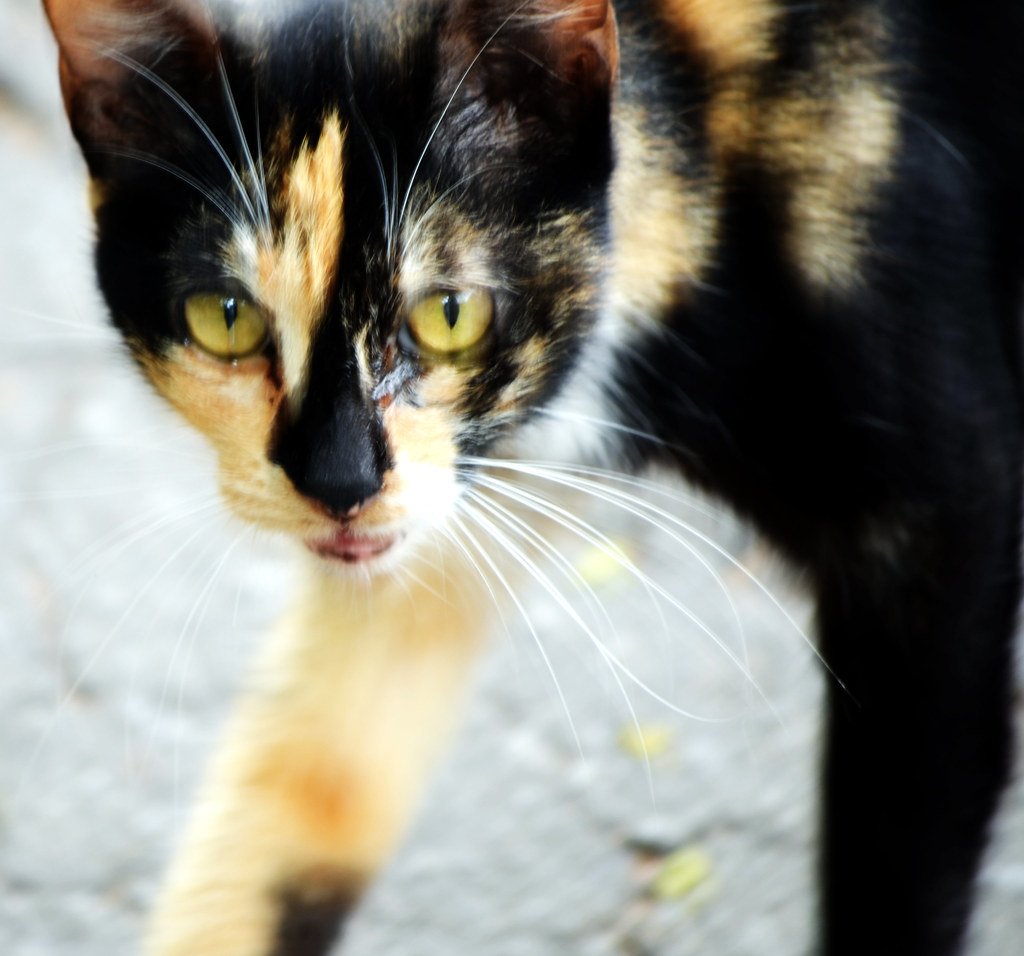
While most cats are natural purring machines, some breeds and individual cats are surprisingly quiet. Persian cats, for example, tend to be gentler purrers, while Maine Coons often sound like tiny motorcycles. Some cats only purr in very specific situations—maybe only when they’re being petted in their favorite spot or when they’re about to get their dinner. There are even a few cats who seem to have forgotten how to purr altogether, usually due to respiratory issues or simply genetic variations. These quiet cats often compensate with other sounds like chirping, trilling, or extra enthusiastic meowing.
Purring as a Survival Strategy
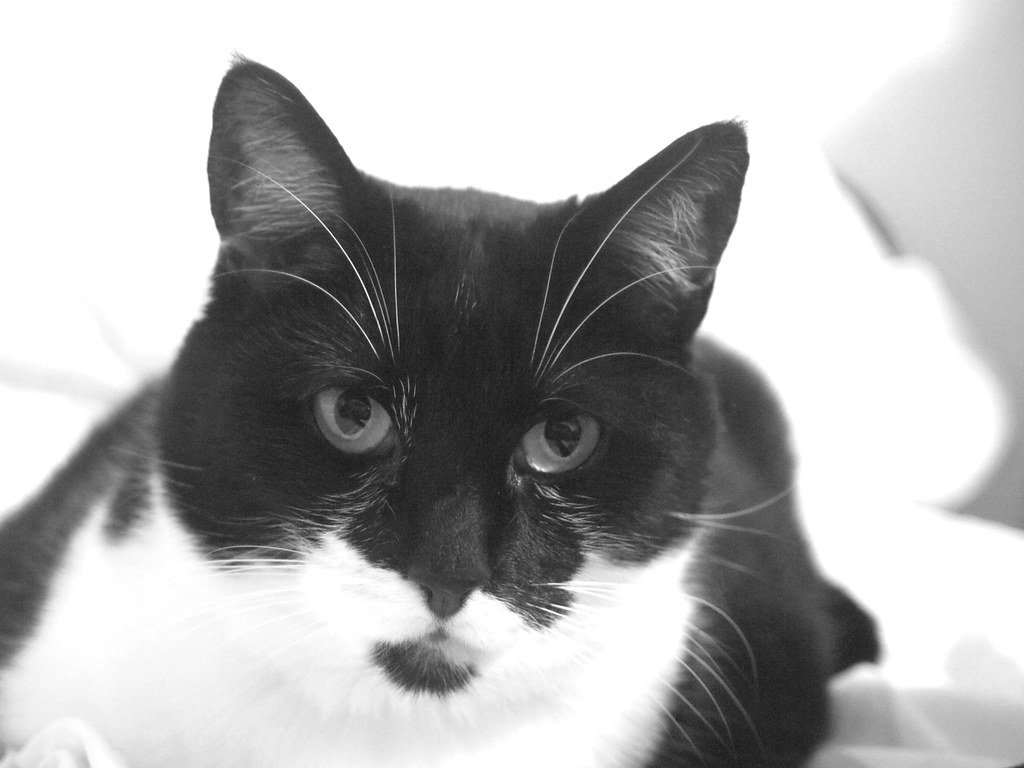
In the wild, purring serves as a clever survival strategy that goes beyond just feeling good. The low-frequency vibrations don’t carry far, unlike loud meows that might attract predators. This makes purring the perfect way for cats to communicate comfort and location to their family without broadcasting their presence to dangerous neighbors. Wild cats often purr when they’re grooming each other, reinforcing social bonds while staying under the radar. It’s like having a secret family code that only cats understand. This stealth communication system has helped cats thrive in various environments for thousands of years.
The Purr That Heals Humans Too
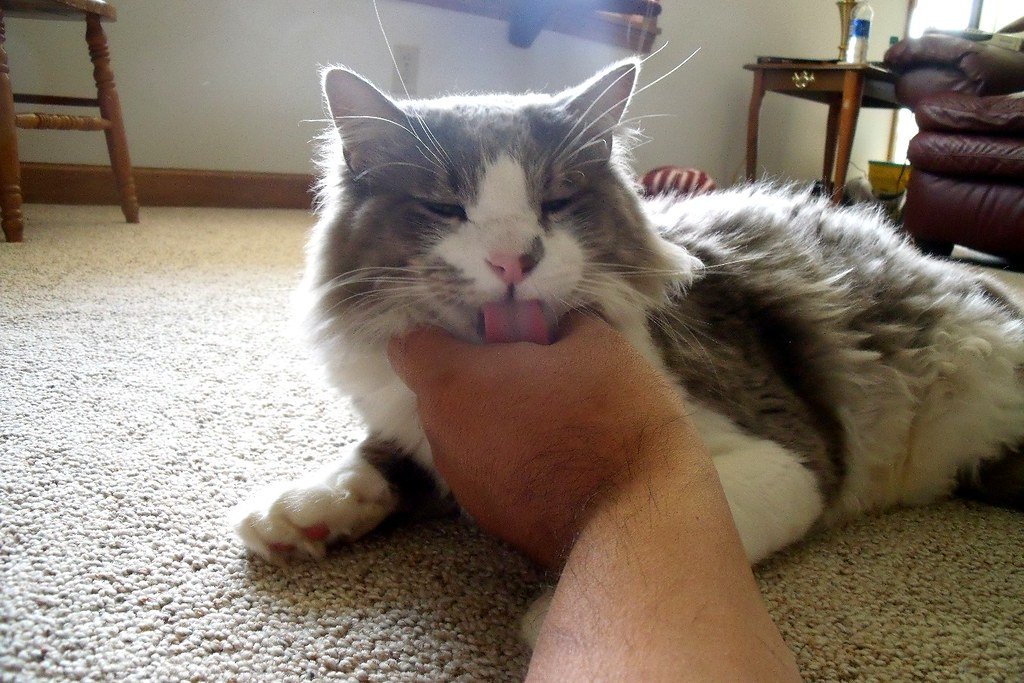
Pet therapy programs in hospitals have started specifically incorporating cats because of their purring abilities. The vibrations can help reduce anxiety in patients, lower blood pressure, and even ease depression symptoms. One study found that people who listened to cat purrs for just 10 minutes showed significant decreases in stress hormones. It’s like having a natural sound machine that’s also warm, fuzzy, and occasionally demands treats. Nursing homes have reported that residents with cats show improved mood and better sleep patterns. The healing power of purrs seems to work across species, creating a bridge of comfort between humans and their feline companions.
Different Purrs for Different Moods
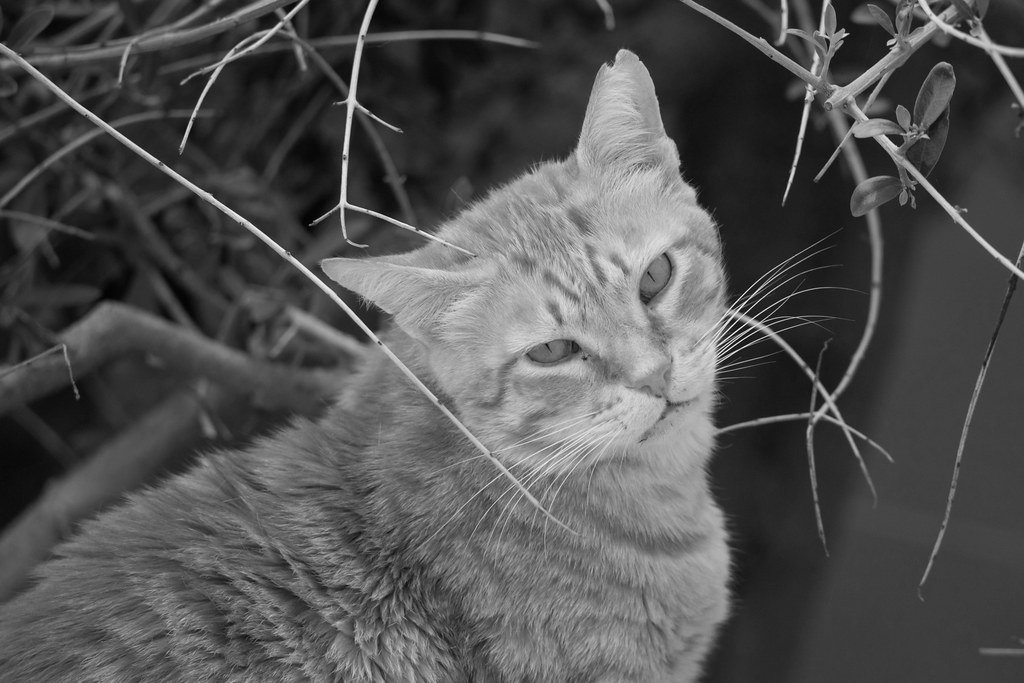
Expert cat listeners can actually distinguish between different types of purrs, each carrying its own message. The demanding purr (usually accompanied by pacing around the food bowl) has a higher frequency and more urgent rhythm than the sleepy, content purr. Some cats develop a special “solicitation purr” that incorporates a higher-pitched cry-like sound, specifically designed to get human attention. It’s similar to how baby cries are engineered to be impossible to ignore. Mother cats use different purr patterns when calling their kittens versus when they’re relaxing. Learning to decode these purr variations can help you become fluent in your cat’s emotional language.
Why Your Cat Purrs on Your Laptop

Ever wonder why your cat seems magnetically drawn to your warm laptop or tablet? The gentle vibrations from electronic devices can actually trigger purring behavior in cats. These subtle vibrations remind them of the comfort they felt as kittens, snuggled up against their purring mother. Your laptop becomes the perfect combination of warmth and gentle vibration—basically a high-tech comfort zone. Some cats will even purr in response to washing machines, dishwashers, or other household appliances that produce similar frequencies. It’s like your home is full of purr triggers that your cat can’t resist. This explains why your most important work always seems to require a furry keyboard supervisor.
The Volume Control Mystery
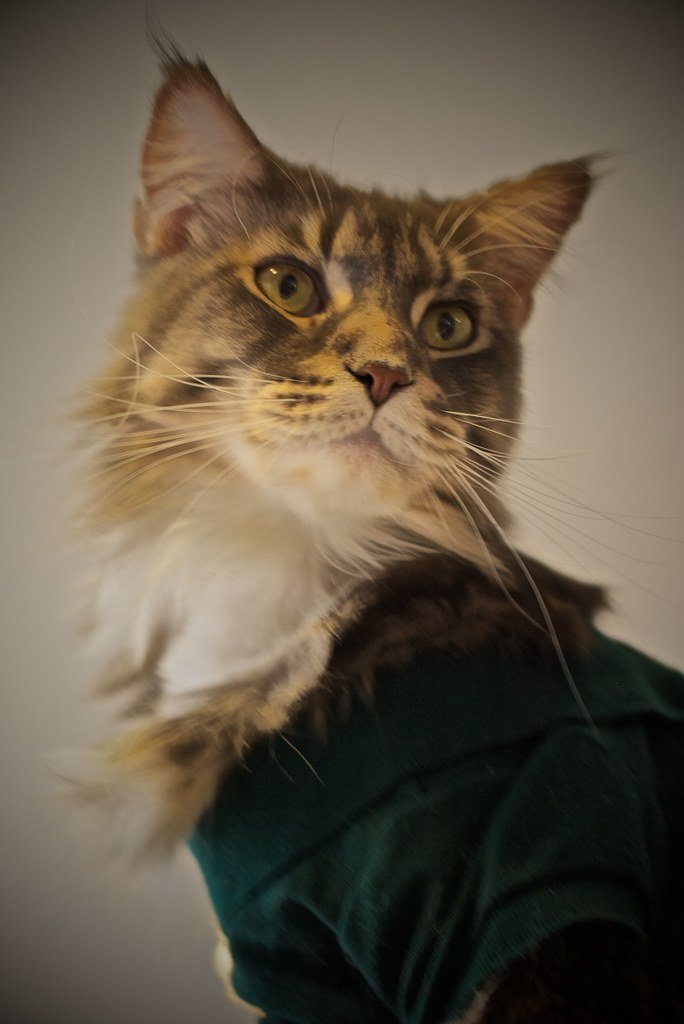
Some cats purr so quietly you have to put your ear right against them to hear it, while others sound like they’re running a small construction project. This volume difference isn’t just about personality—it’s also related to the cat’s size, health, and even their respiratory system. Larger cats with bigger chest cavities tend to produce deeper, more resonant purrs. Older cats might purr more softly as their muscles weaken, while young, healthy cats often purr with enthusiastic volume. Interestingly, cats seem to have some control over their purr volume, turning it up when they really want attention and keeping it low when they’re just maintaining that baseline comfort level.
Purring in Their Sleep
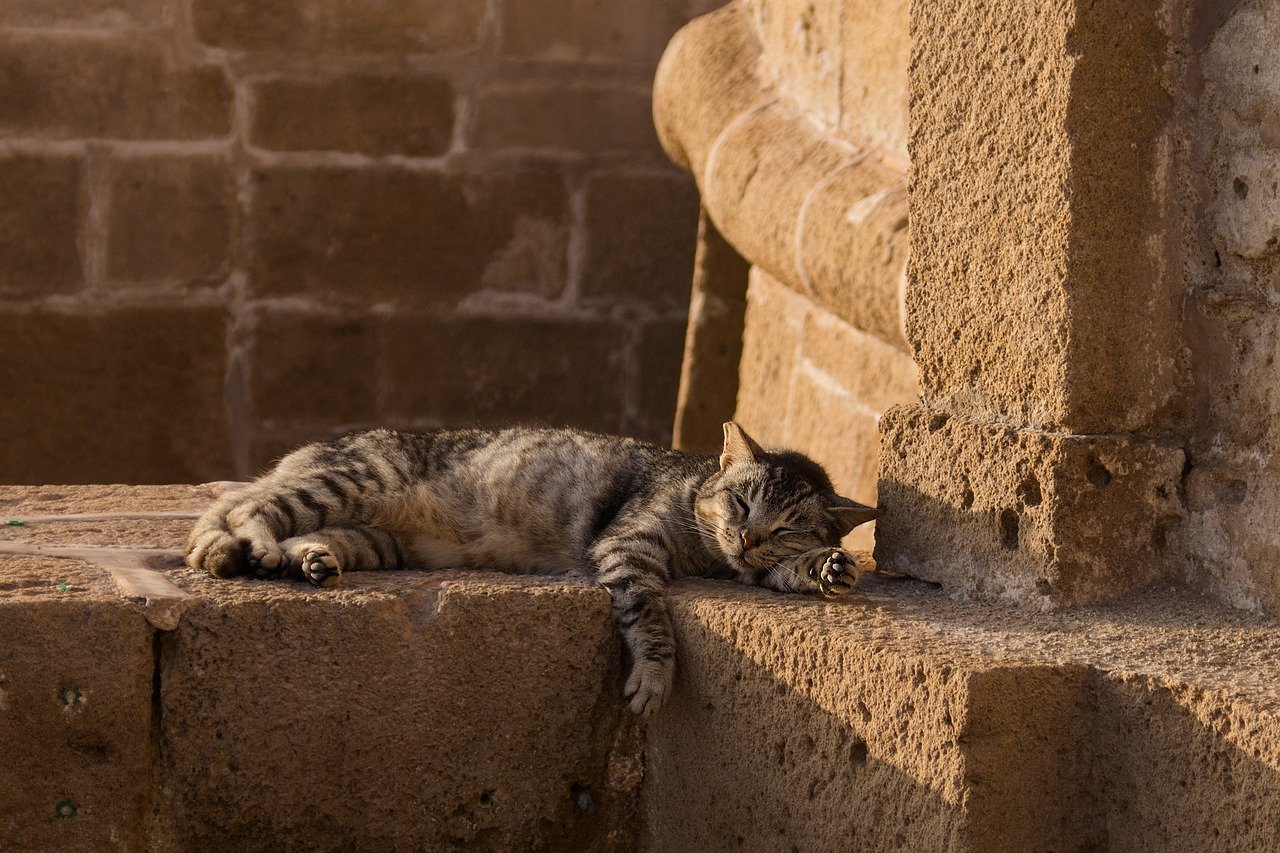
Cats can purr while they’re fast asleep, creating the most adorable soundtrack to their dreams. This sleep-purring usually happens during light sleep phases when they’re still somewhat aware of their surroundings. It’s like their contentment is so deep that it continues even when they’re unconscious. Sleep purring often indicates a cat feels completely safe and secure in their environment. Some cats will start purring the moment they settle into their favorite sleeping spot, before they’ve even closed their eyes. Watching a cat purr themselves to sleep is one of those simple pleasures that proves happiness doesn’t always require being awake to experience it.
The Contagious Nature of Cat Purrs
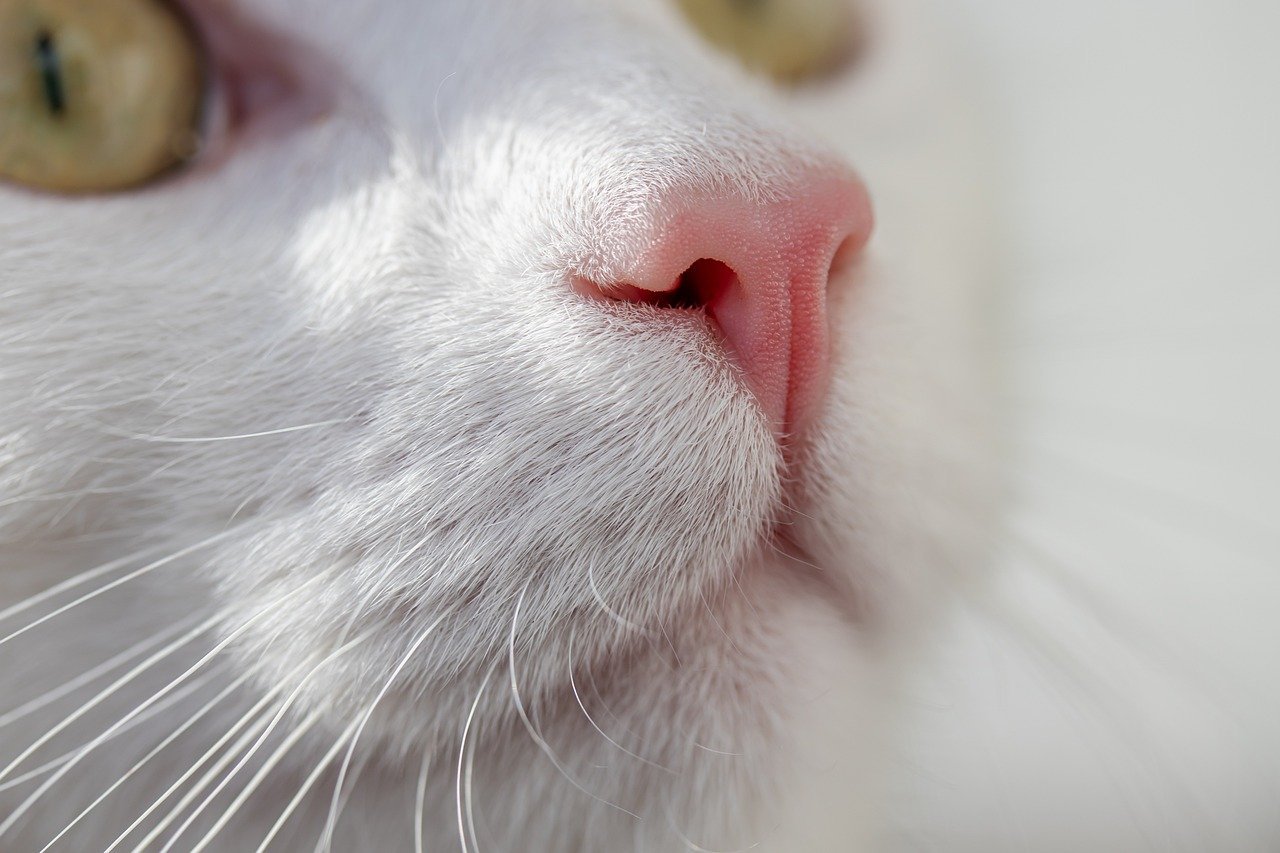
Scientists have discovered that purring can actually be contagious among cats living together. When one cat starts purring, others nearby often join in, creating a symphony of contentment. This group purring behavior strengthens social bonds and creates a shared feeling of security within the household. It’s similar to how human laughter can be infectious, spreading good feelings throughout a group. Multi-cat households often develop purring patterns where the cats seem to take turns or harmonize with each other. This social purring behavior shows that cats are more emotionally connected to their housemates than many people realize. The next time you hear multiple cats purring together, you’re witnessing a feline wellness circle in action.
Did you expect that your cat’s simple purr was actually a complex healing system that even inspired medical technology?
Hi, I’m Bola, a passionate writer and creative strategist with a knack for crafting compelling content that educates, inspires, and connects. Over the years, I’ve honed my skills across various writing fields, including content creation, copywriting, online course development, and video scriptwriting.
When I’m not at my desk, you’ll find me exploring new ideas, reading books, or brainstorming creative ways to solve challenges. I believe that words have the power to transform, and I’m here to help you leverage that power for success.
Thanks for stopping by, Keep coming to this website to checkout new articles form me. You’d always love it!





